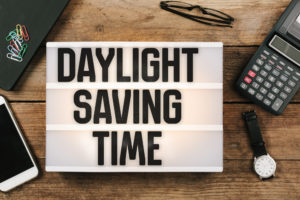CHAT 602-429-6789

The last thing the majority of Arizona needs is to save is daylight. On a July day in Phoenix or Tucson, when the high is 114 degrees, the faster the sun goes down, the better.
Daylight Saving Time in the United States is the practice of setting the clock forward by one hour during the warmer part of the year, so those evenings have more daylight and mornings have less.
Daylight Saving Time started when “wartime” was established in the U.S.
 There are many things you can do with an extra sixty minutes in your life. Let’s look at what an hour in the history of the housing market might look like.
There are many things you can do with an extra sixty minutes in your life. Let’s look at what an hour in the history of the housing market might look like.
Every hour in the United States:
The Certo Team
55 N. Arizona Place Suite #103
Chandler, AZ 85225
602-429-6789
